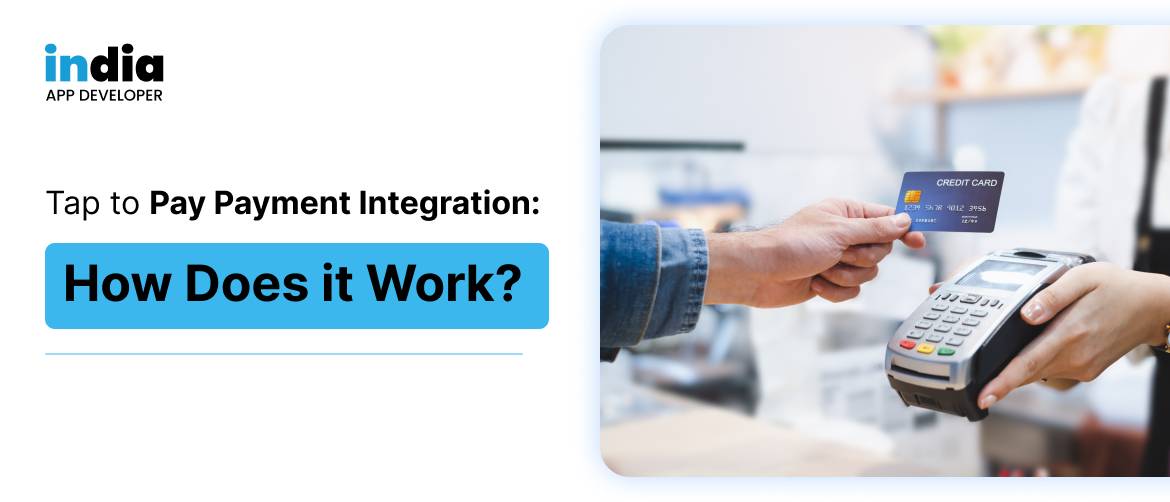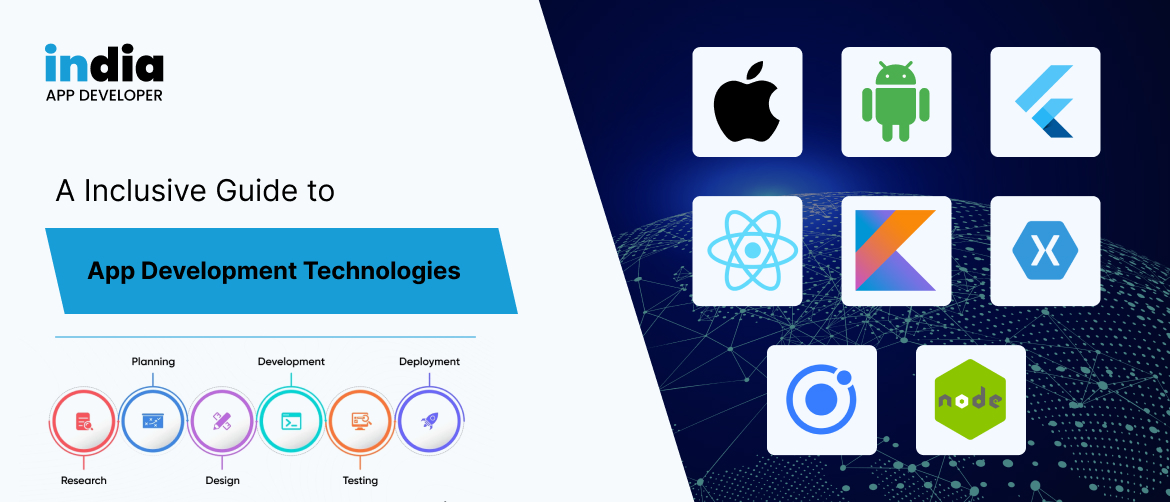Introduction:
The convenience and security are paramount, tap-to-pay payment integration has emerged as a transformative technology in the realm of digital transactions. Tap-to-pay technology, its incorporation into mobile applications, latest changes, trends, advantages and disadvantages, and the advantages of cooperating with India App Developer (IAD) for smooth tap-to-pay integration solutions are all topics that are covered in the piece that was published by App Developers Sydney.
Understanding Tap-to-Pay Technology:
Tap-to-pay, also known as contactless payment, relies on near field communication (NFC) technology to facilitate secure transactions between a mobile device and a payment terminal. With a simple tap of an NFC-enabled device, users can initiate transactions without the need for physical cards or cash.
Current Updates and Trends:
- Rise of Contactless Transactions: The COVID-19 pandemic accelerated the adoption of contactless payment methods, including tap-to-pay, as consumers sought safer and more hygienic ways to conduct transactions. This trend has persisted post-pandemic, with consumers continuing to prefer contactless payment options for their convenience and hygiene benefits.
- Integration with Wearable Devices: Tap-to-pay functionality is increasingly being integrated into wearable devices such as smartwatches and fitness trackers. This trend allows users to make payments on-the-go without the need to carry their smartphones, further enhancing convenience and accessibility.
- Enhanced Security Features: Advances in encryption technologies and biometric authentication methods have bolstered the security of tap-to-pay transactions. Tokenization, in particular, has emerged as a widely adopted security measure, replacing sensitive payment information with unique tokens to prevent unauthorized access and mitigate the risk of fraud.
- Global Expansion: Tap-to-pay technology is witnessing rapid global expansion, with various regions embracing contactless payments as the preferred method of transaction. This expansion is driven by factors such as technological advancements, consumer demand for convenience, and regulatory initiatives aimed at promoting cashless economies.
Pros and Cons of Tap-to-Pay Integration:
Pros:
- Convenience: Tap-to-pay offers a seamless and efficient payment experience, reducing transaction times and enhancing user satisfaction. With just a simple tap, users can complete transactions quickly and conveniently, eliminating the need to fumble for cash or cards.
- Security: Tap-to-pay transactions are inherently more secure than traditional card payments, thanks to features such as tokenization and biometric authentication. Tokenization replaces sensitive payment information with unique tokens, reducing the risk of data breaches and unauthorized access.
- Versatility: Tap-to-pay technology can be integrated into a wide range of devices, including smartphones, tablets, wearables, and even transportation cards. This versatility allows businesses to offer diverse payment options to their customers, catering to their preferences and lifestyle.
- Cost Savings: Businesses can reduce operational costs associated with cash handling and card processing by implementing tap-to-pay. Contactless transactions are typically more cost-effective than traditional payment methods, leading to increased efficiency and profitability.
Cons:
- Compatibility Issues: Not all devices and payment terminals support tap-to-pay technology, potentially limiting its widespread adoption and acceptance in certain regions or industries. Businesses may need to invest in upgrading their infrastructure to accommodate tap-to-pay transactions.
- Dependency on Battery Life: NFC-enabled devices rely on battery power to initiate tap-to-pay transactions, posing a challenge in scenarios where devices are low on battery or out of charge. This dependency may inconvenience users and impact the reliability of tap-to-pay systems.
- Security Concerns: While tap-to-pay transactions are generally secure, there is always a risk of data breaches or hacking attempts. Businesses must implement robust security measures and adhere to industry regulations to safeguard sensitive payment information and protect against fraudulent activities.
- User Education: Some users may be unfamiliar with tap-to-pay technology or skeptical of its security implications. Businesses must invest resources in educating and reassuring consumers about the benefits and safety features of tap-to-pay, fostering trust and encouraging adoption.
Integration into Mobile Applications:
Integrating tap-to-pay functionality into mobile applications requires careful planning, execution, and collaboration with experienced App Development Perth like India App Developer (IAD). The process entails:
- Requirement Analysis: Understanding the specific needs and objectives of the business, as well as the preferences and expectations of its target audience, lays the foundation for a successful tap-to-pay integration. Businesses must identify key requirements, such as supported payment methods, security features, and user interface design.
- Technology Selection: Choosing the right payment gateway and NFC technology stack is crucial for ensuring compatibility, reliability, and security throughout the integration process. Businesses must evaluate different payment gateway providers based on factors such as transaction fees, security protocols, and technical support.
- User Experience Design: Designing an intuitive and user-friendly interface that seamlessly integrates tap-to-pay functionality into the mobile application enhances usability and encourages adoption among users. Businesses must prioritize simplicity, clarity, and accessibility in the design of their tap-to-pay systems, ensuring a frictionless payment experience for customers.
- Security Implementation: Implementing robust security measures, such as encryption, tokenization, and biometric authentication, safeguards sensitive payment data and mitigates the risk of fraud or unauthorized access. Businesses must adhere to industry best practices and regulatory requirements to protect against security threats and ensure the confidentiality and integrity of payment transactions.
- Testing and Quality Assurance: Conducting comprehensive testing across different devices, platforms, and scenarios helps identify and rectify any issues or inconsistencies before the final deployment of the tap-to-pay feature. Businesses must perform rigorous testing to validate the functionality, performance, and security of their tap-to-pay systems, minimizing the risk of errors or vulnerabilities in production environments.
- Compliance and Regulations: Adhering to industry standards and regulations, such as the Payment Card Industry Data Security Standard (PCI DSS) and General Data Protection Regulation (GDPR), ensures compliance and instills trust among users. Businesses must comply with legal and regulatory requirements governing payment processing and data privacy, mitigating legal risks and protecting against potential liabilities.
Why Choose India App Developer (IAD) for Tap-to-Pay Payment Integration?
India App Developer (IAD) is a leading mobile app development company with a proven track record of delivering innovative and high-quality solutions to clients worldwide. Businesses should consider partnering with IAD for tap-to-pay integration for the following reasons:
- Expertise and Experience: With years of experience in mobile app development and a team of skilled professionals, IAD possesses the expertise and technical know-how to deliver customized tap-to-pay solutions tailored to the unique requirements of each client. Businesses can leverage IAD’s domain expertise and industry experience to develop robust and scalable tap-to-pay systems that meet their specific needs and objectives.
- Commitment to Quality: IAD prioritizes quality and customer satisfaction, adhering to industry best practices, stringent quality assurance processes, and timely delivery schedules to ensure the successful deployment and operation of tap-to-pay features. Businesses can rely on IAD to deliver reliable and high-performance tap-to-pay solutions that meet the highest standards of quality and reliability.
- Innovation and Adaptability: As a forward-thinking company, IAD stays abreast of the latest technological advancements, trends, and market dynamics, enabling it to innovate and adapt its tap-to-pay solutions to meet the evolving needs and preferences of clients and end-users. Businesses can benefit from IAD’s innovative approach to tap-to-pay integration, gaining a competitive edge in the marketplace and driving business growth.
- Cost-Effectiveness: IAD offers competitive pricing models and flexible engagement options, allowing businesses of all sizes and budgets to benefit from its tap-to-pay integration services without compromising on quality or affordability. Businesses can leverage IAD’s cost-effective solutions to optimize their return on investment and achieve their business objectives within budgetary constraints.
- Customer Support and Maintenance: Beyond the initial deployment, IAD provides ongoing support, maintenance, and updates to ensure the continued functionality, performance, and security of tap-to-pay features. Businesses can rely on IAD’s dedicated support team to address any issues or concerns promptly, minimizing downtime and maximizing the value of their tap-to-pay systems.
In conclusion
tap-to-pay payment integration represents a transformative technology that enhances convenience, security, and efficiency in digital transactions. By understanding the underlying principles, current updates, trends, pros and cons, and integration considerations, businesses can leverage tap-to-pay functionality to streamline their payment processes, delight customers, and drive growth in today’s competitive marketplace. Partnering with an experienced and reliable app development company like India App Developer (IAD) further ensures the successful implementation and optimization of tap-to-pay features, empowering businesses to stay ahead of the curve and deliver exceptional value to their stakeholders.
 +1 647 637 9108
+1 647 637 9108 +1 917 477 8991
+1 917 477 8991 +61 3 9013 3988
+61 3 9013 3988 +91 93281 27044
+91 93281 27044

























